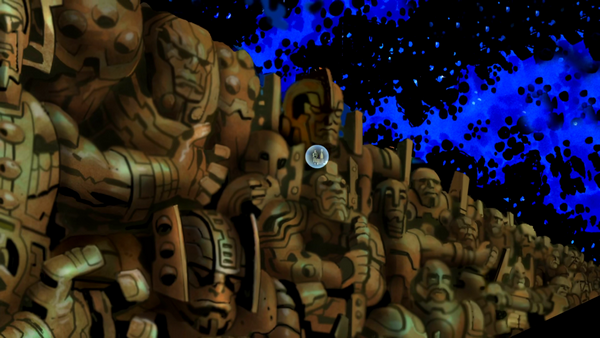Granting that paradoxes can be invoked in the first place, something only bad sci-fi writers do (or fantasy writers not constrained by logic), I agree. Tampering of that kind could easily lead to a far worse situation.
I realize I am probably in the minority, as many Trek fans have awarded TCOTEOF "Best Trek episode ever." For me none of the emotional cliff-hangers work at all because they do not make sense, and cannot be made to make sense. Assume a multiverse approach, about the only way to make the story viable. In that case, the Enterprise would not have "disappeared," nor would Edith Keeler's death be so dramatic, as she'd be alive somewhen. To create any sort of conflict, Kirk would have to abandon his command responsibilities, and his whole universe, which I would see as grossly out of character.



